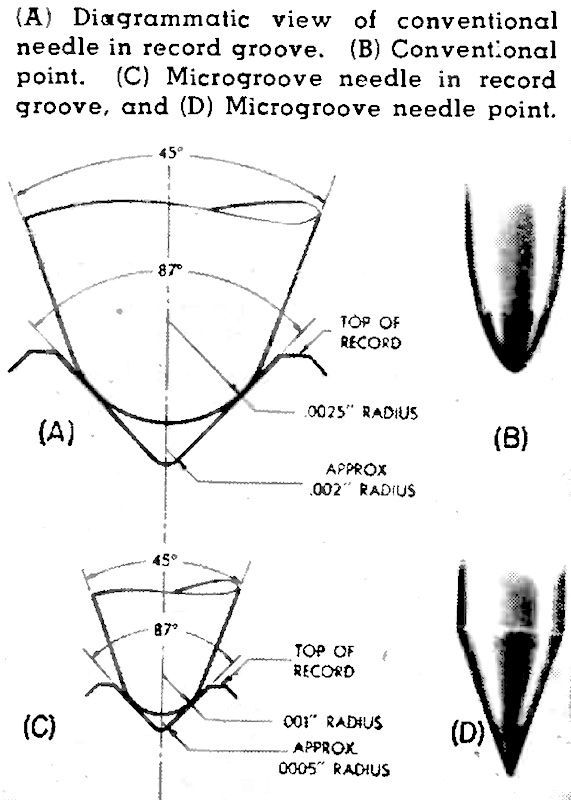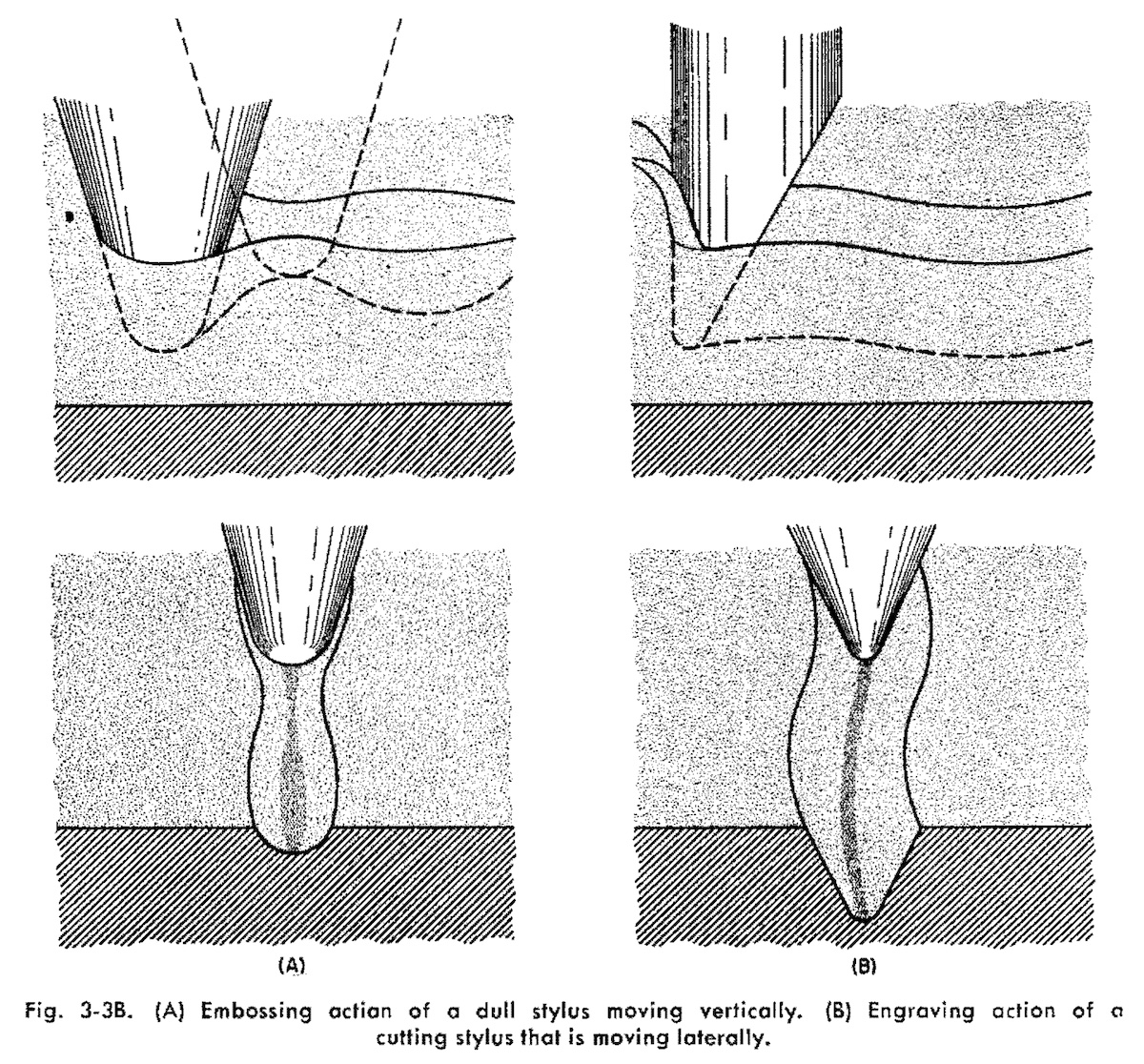Things I learned on Phono EQ curves, Pt.12
EQカーブの歴史、ディスク録音の歴史を学ぶ本シリーズ。前回 Pt.11 では、1948年6月18日に発表された、Columbia Long Playing Microgroove レコードの開発ストーリーを追いました。1939年から極秘裏に開発が進められたマイクログルーヴLPですが、経営者、エンジニア、ディレクタ、その他多くの人々が関わることで完成へと導かれ、業界にとって大きなマイルストーンとなりました。
On the previous part 11, I studied on the history of the Columbia Long Playing Microgroove Records, which was unveiled on June 18, 1948. So many individuals were involved in this secret project behind closed doors since 1939 — including executives, engineers, and directors. The advent of microgroove LP surely marked a milestone in the industry.
今回の Pt.12 はその続きで、前回紹介しきれなかった記事やインタビューののち、Columbia LP の録音・再生特性(EQカーブ)に関する記事や、ラジオ局用プロフェッショナル再生機器に加えられた変更など、当時の技術論文や技術解説記事から読み解いていくことにします。
This time as Pt.12, I am going to continue learning the history of disc recording — additional articles and interviews, as well as papers/particle regarding recording and reproducing characteristics for Columbia LP records, as well as the modifications to the professional reproducing equipment at radio stations, by reading and interpreting the technical papers and articles at that time.

source: “Reproduction of Microgroove Recordings”, Radio & Television News, Vol.40, No.4, October 1948, p.155


